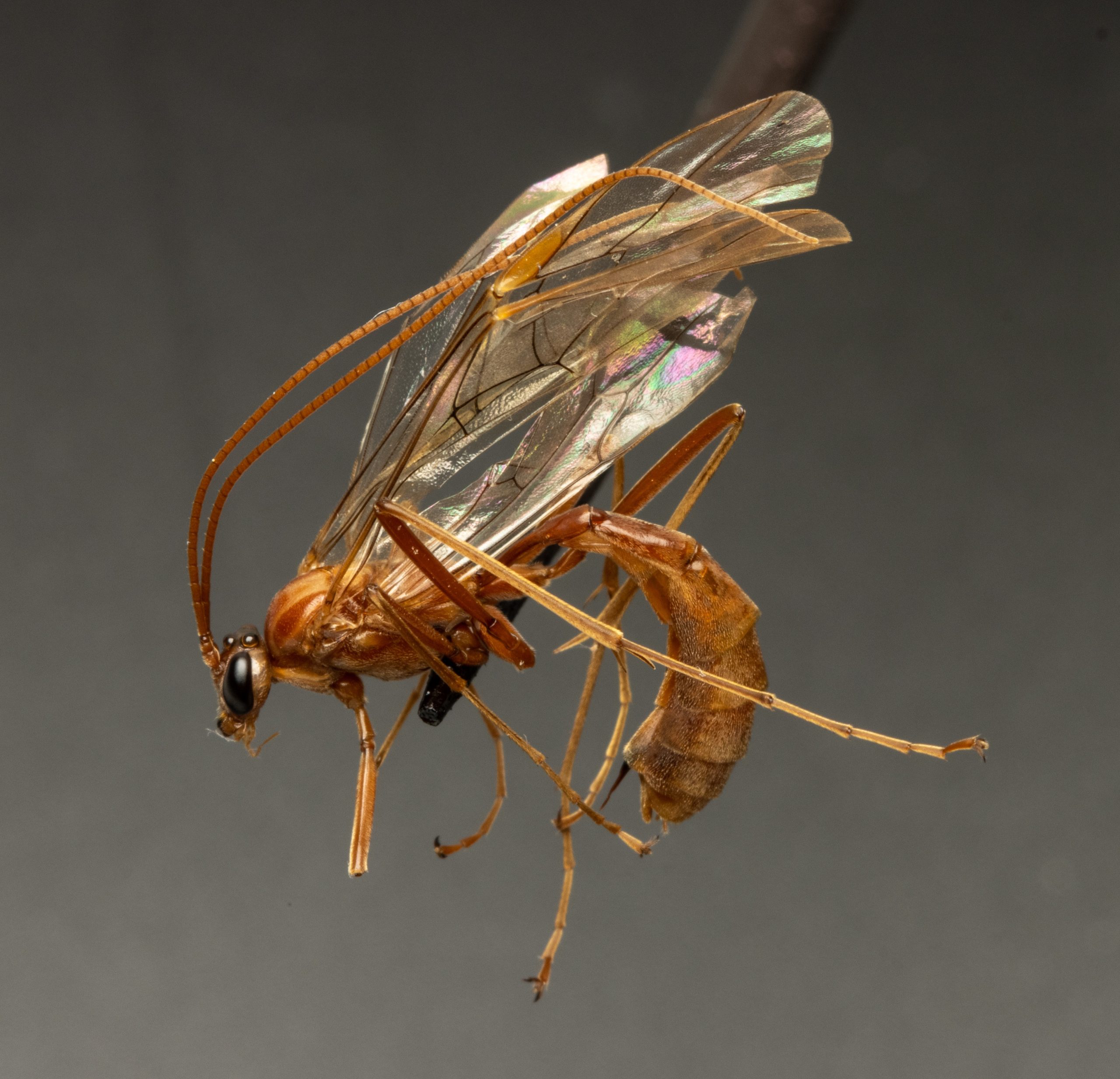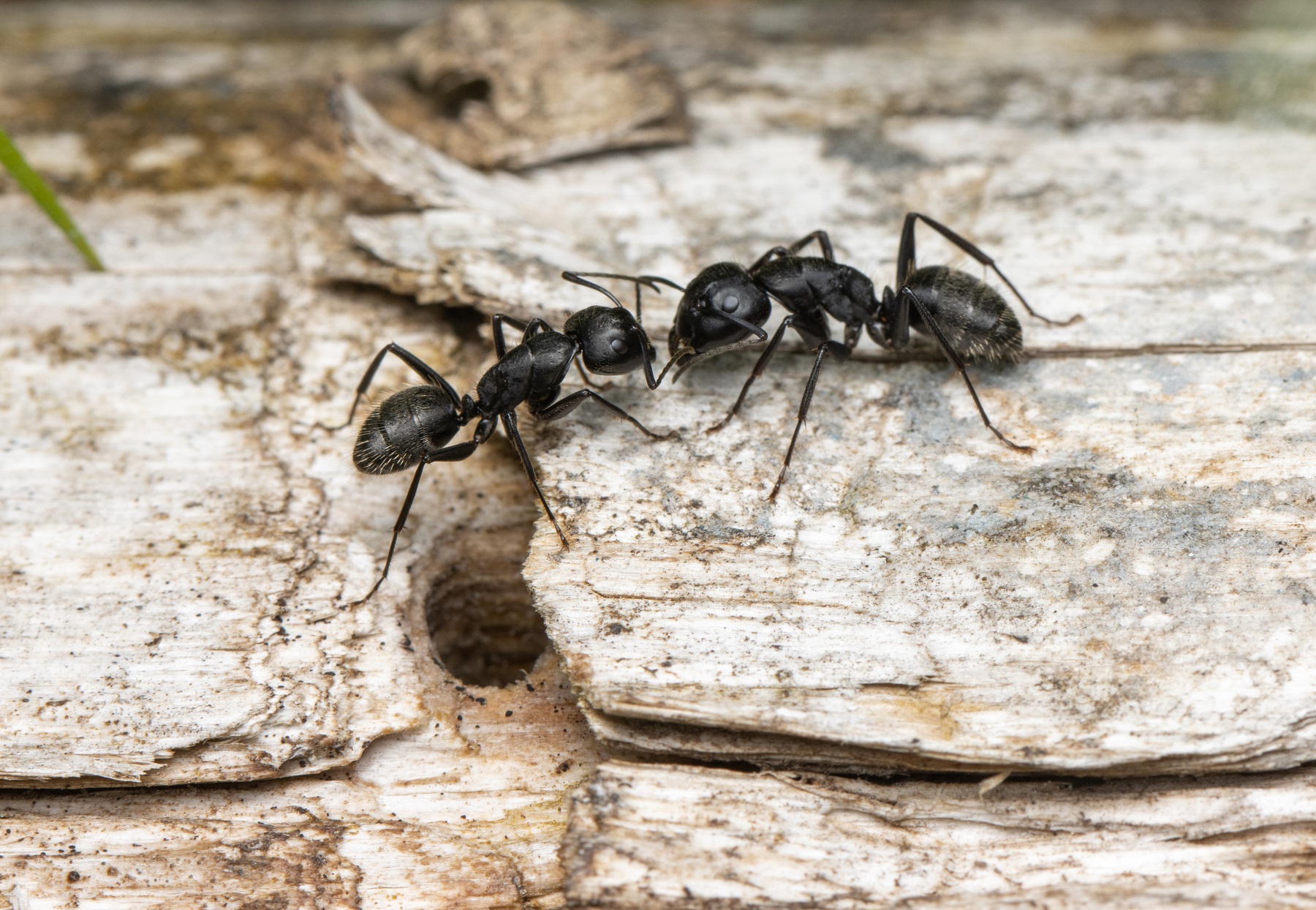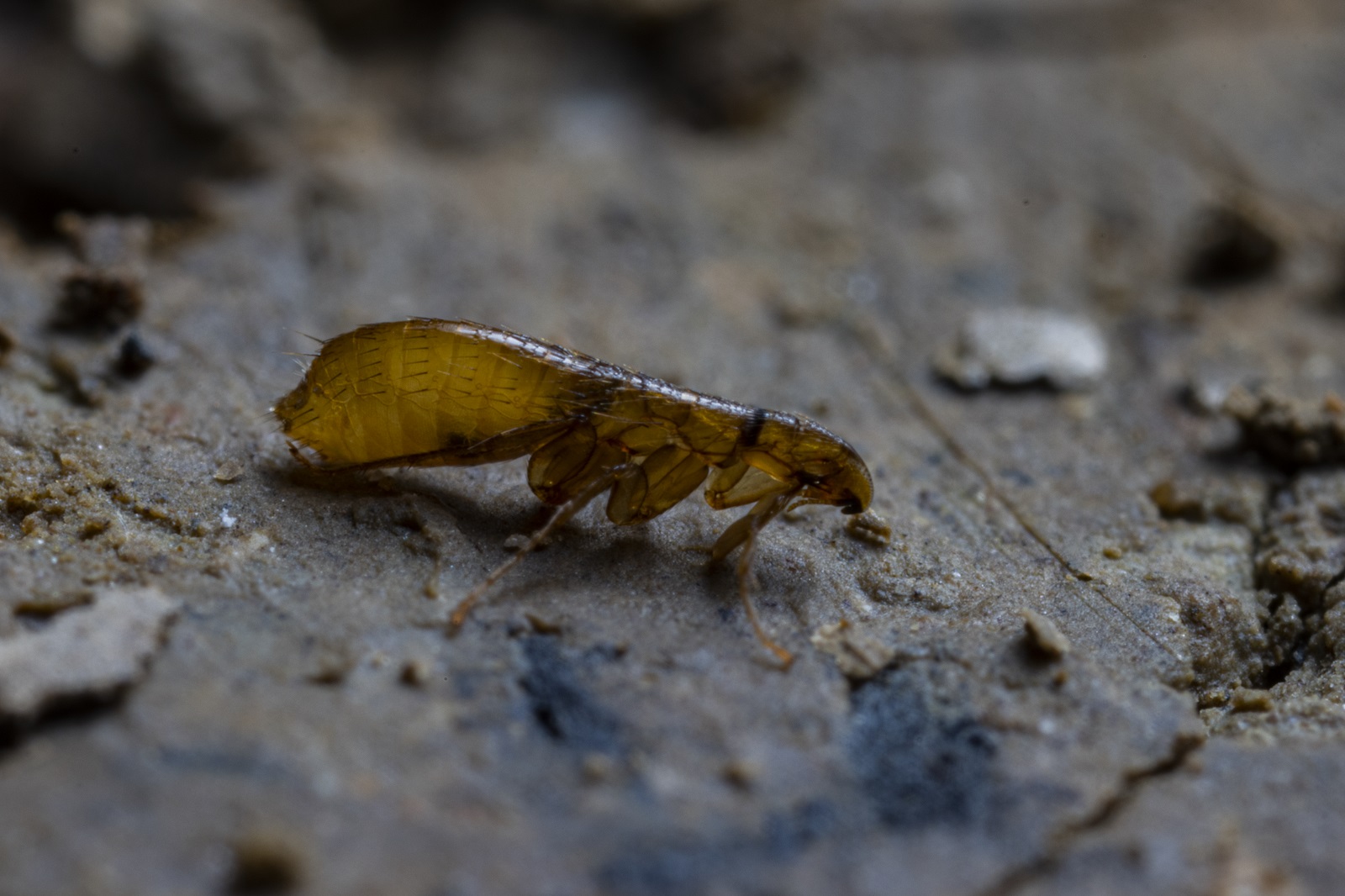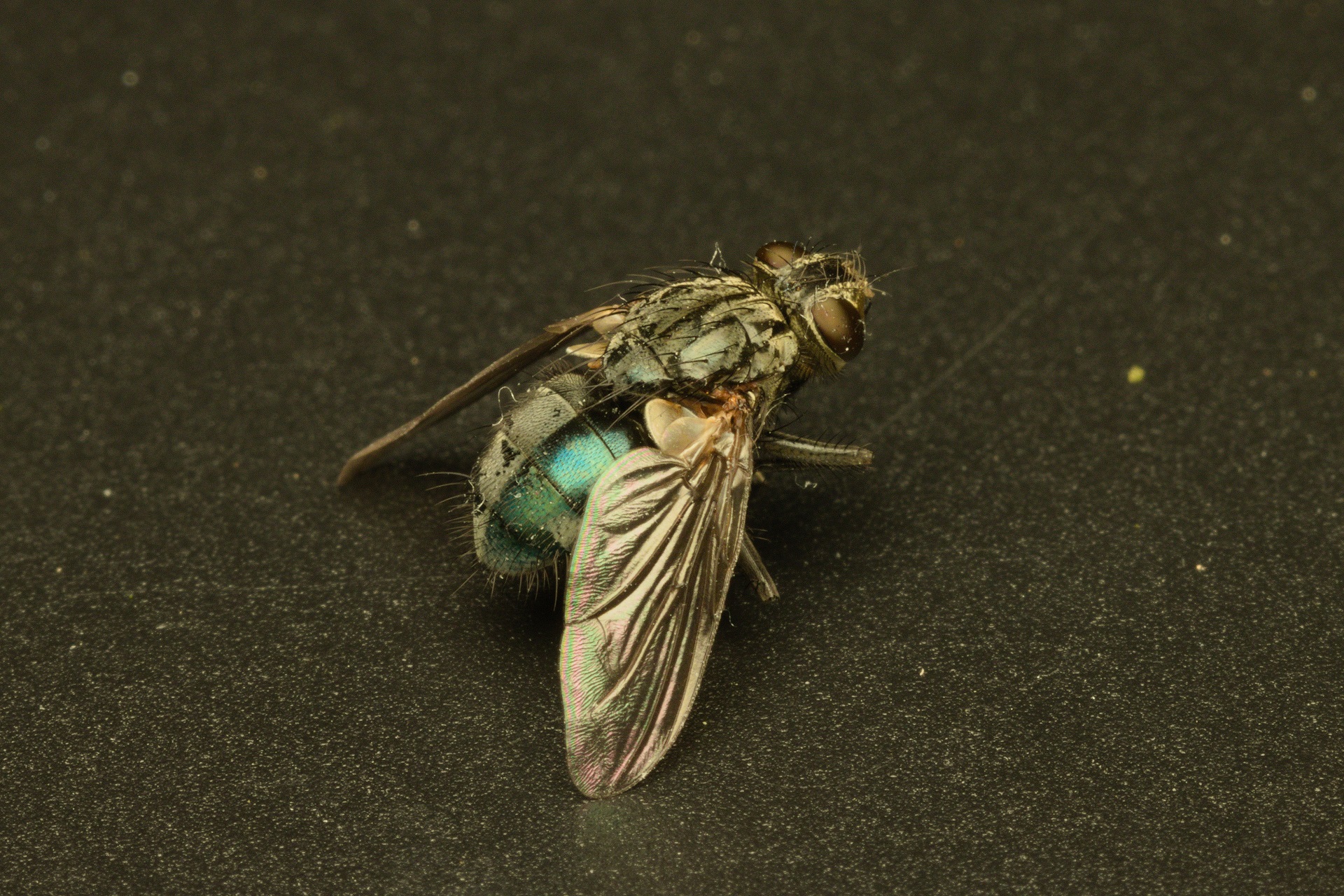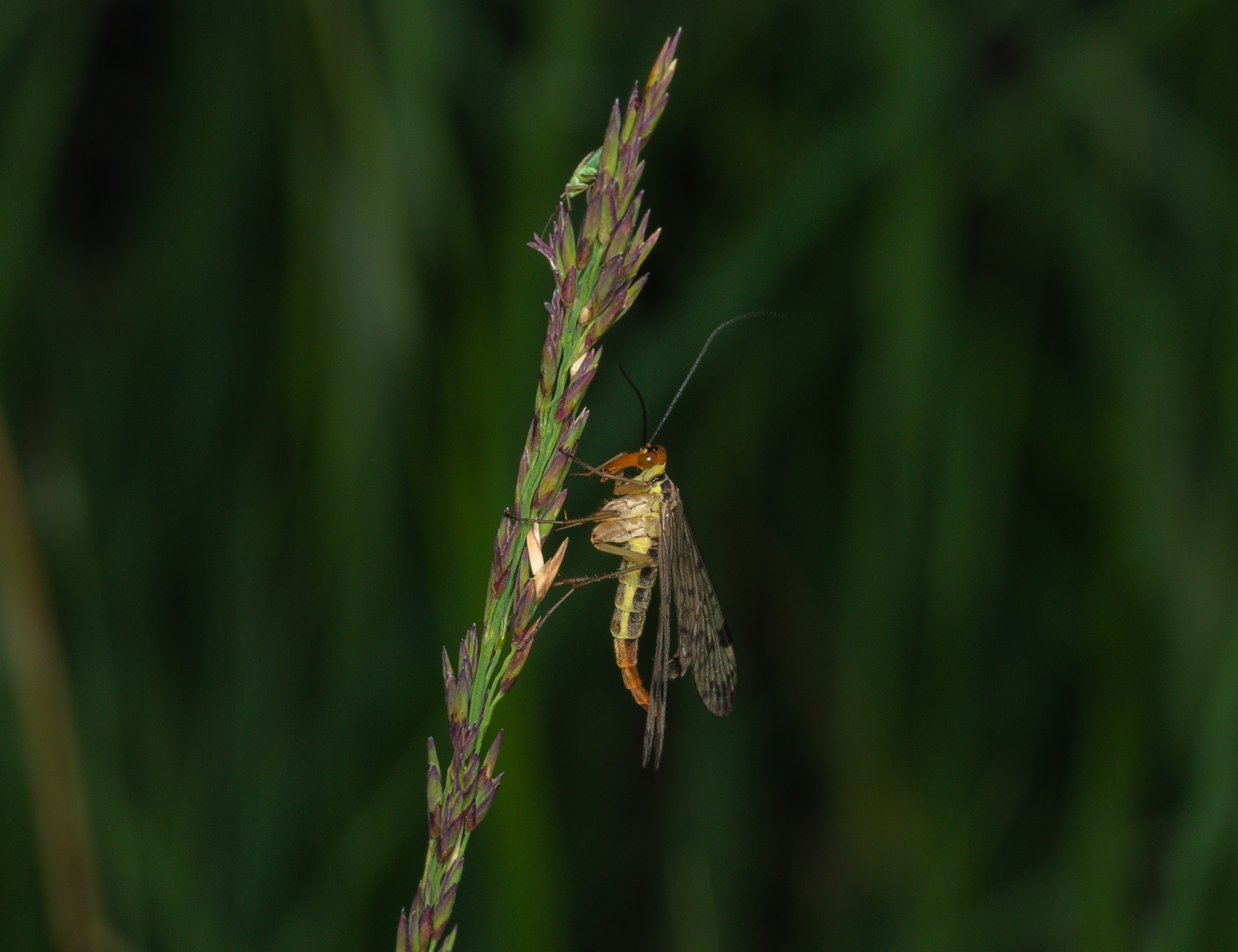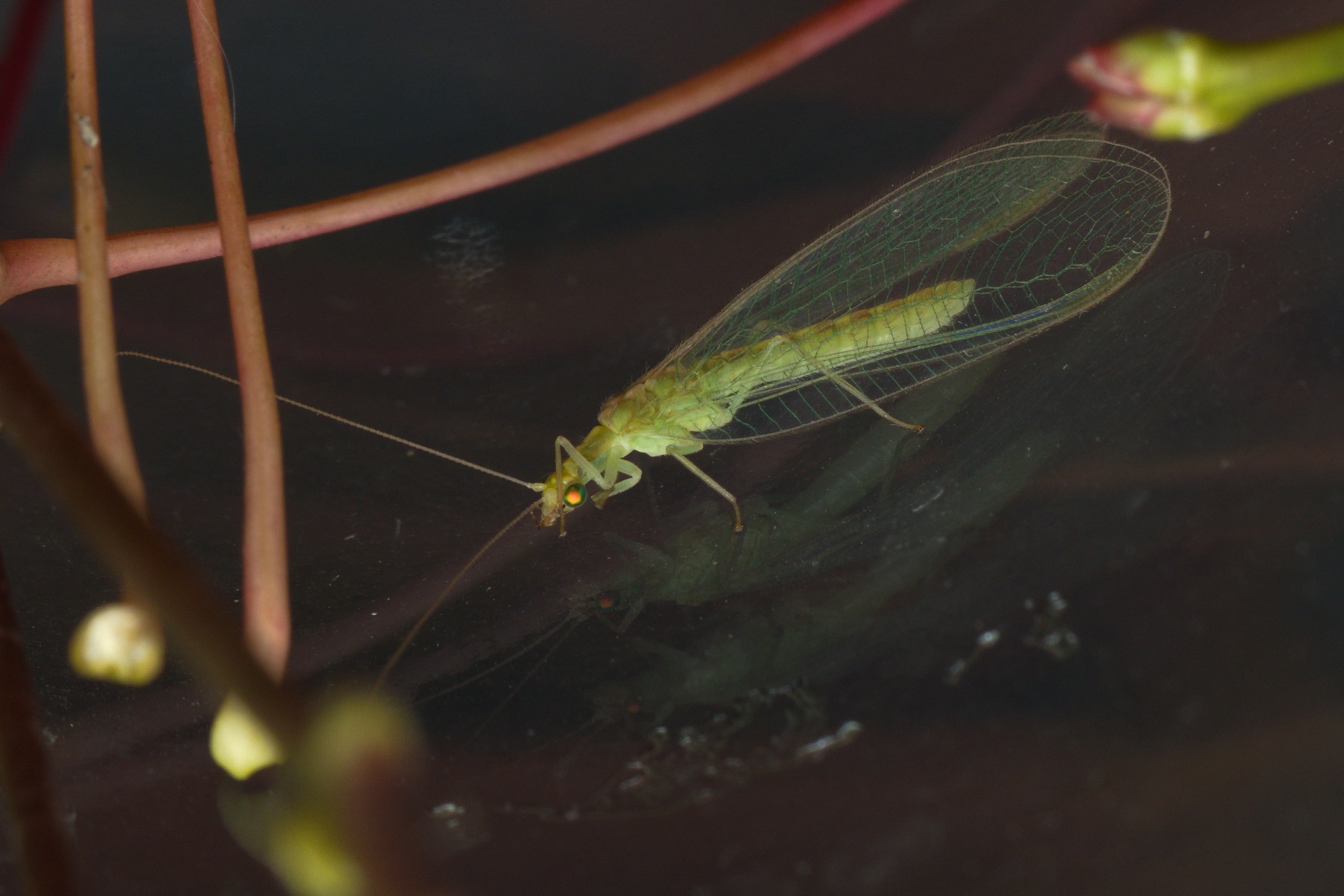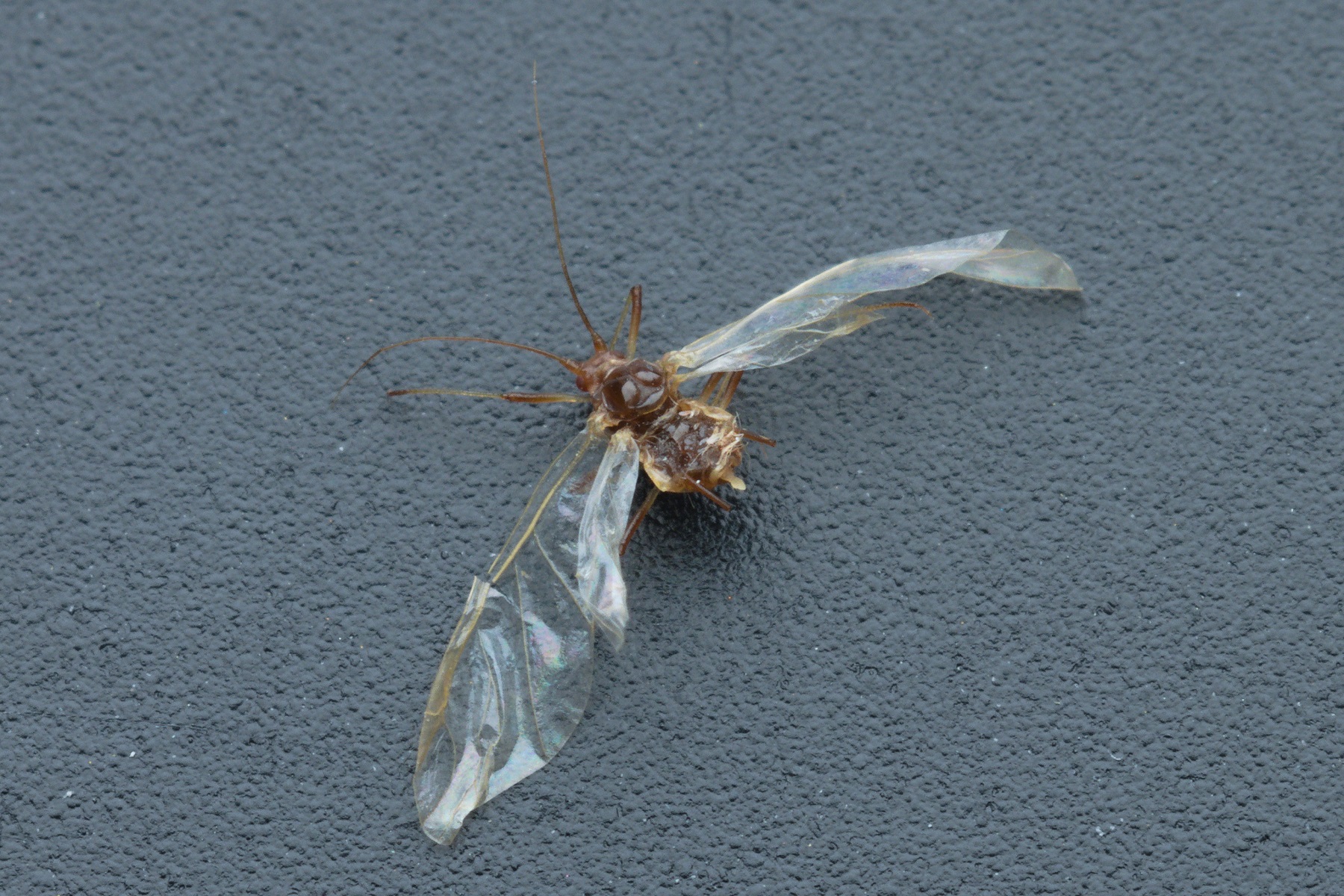Culicidae
Description
Mosquitoes are insects measuring up to a centimetre long and are from the order Diptera. Their body consists of the head (cephalon), thorax, and abdomen. The head includes a pair of compound eyes, a pair of antennae, and a piercing-sucking mouthpart. The antennae, characteristic of the suborder Nematocera, are made up of numerous identical segments. The piercing-sucking mouthpart consists of an unpaired upper lip (labrum), a grooved lower lip (labium, formed by fused maxillae), an unpaired hypopharynx, a pair of mandibles (front jaws), and a pair of maxillae (middle jaws). The grooved labium forms a sheath for the proboscis, which folds back upon piercing the skin and does not enter the wound. The sharp, serrated maxillae create a cut in the skin, assisted by the mandibles that widen the incision. The labrum and hypopharynx enter the wound and work together. The labrum acts as a sensor to locate capillaries, while the two structures combine into a tube called the proboscis, which delivers saliva to the wound and extracts blood. The saliva prevents blood clotting and acts as a lubricant for the piercing structures.
The thorax is composed of three body segments and is highly centralised, meaning the central thoracic segment is the largest. Each thoracic segment has a pair of segmented legs. Additionally, the middle thoracic segment (mesothorax) features a pair of sparsely veined wings, while the rear thoracic segment (metathorax) contains a pair of small, modified wings called halteres. These generate buzzing sounds and act as mechanoreceptors, aiding in balance and flight stabilisation.
Biology
Mosquitoes are holometabolous insects, meaning they undergo complete metamorphosis. Their life cycle begins with eggs, with females laying up to 300 in water. This genus of mosquito is not picky about the type of water body they lay their eggs in. The eggs hatch into larvae, which consist of a head, a legless thorax, and an abdomen ending in a respiratory complex with gills and a siphon for atmospheric oxygen intake. After several moults, the larva pupates. Pupae are aquatic, can move and breathe through respiratory horns. After 24-48 hours, the pupae transform into adult mosquitoes. The entire development takes between one week and nine months, depending on the species. Different species exhibit overwintering or summer dormancy to survive unfavourable conditions, either as eggs or blood-feeding females.
Mosquitoes are well-known for feeding on blood, but only females do so. Due to their blood-feeding habits, they are vectors for numerous diseases. The mosquito species composition in Slovenia is changing, with tropical species becoming increasingly common.

Sorodni členonožci

Authors
- Urban Bogataj,
- Gregor Bračko,
- Teo Delič,
- Cene Fišer,
- Žiga Fišer,
- Rok Kostanjšek,
- Rudi Verovnik,
- Miloš Vittori,
- Valerija Zakšek.
Students Vito Ham, Vesna Jurjevič, Gaj Kušar, and Adrijan Samuel Stell Pičman also participated in the project.
